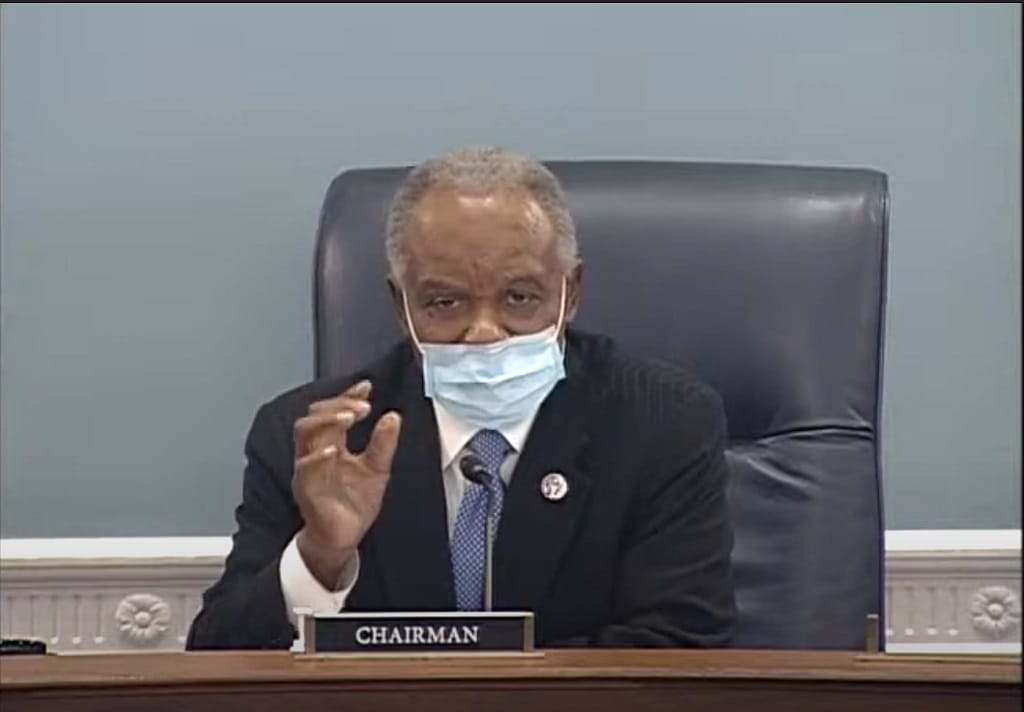Accurate Maps Required To Estimate Cost Of Connecting Rural America, Experts Say
Experts say it’s difficult to get an understanding of cost for connecting rural regions without quality maps.
Benjamin Kahn

April 22, 2021—The House Agriculture Committee convened a hearing this week to discuss the needs and costs associated with expanding broadband coverage to rural constituencies, hearing that accurate maps will be needed to get a better idea of those costs.
Chairman David Scott, D-Georgia, wanted concrete numbers during the hearing held Tuesday. He pressed witnesses for what they believed it would cost to cover the estimated 24 million rural Americans who are currently living in underserved areas of the country.
Vickie Robinson, general manager of the Microsoft Global Airband Initiative, was hesitant to throw out a hard number. “There are estimates that suggest that the cost to reach those that are unserved is anywhere from 60 to 80 billion dollars,” Robinson said. But those estimates should not necessarily be relied upon, she said, adding, “We haven’t first done the hard but necessary work to accurately map where those gaps exist.”
Robinson said the FCC currently does not have the tools necessary to effectively map these gaps, and that congress could enable them to do so by providing better funding for the Broadband Data Act that was passed in March of 2020. She stated that only after this mapping is completed can the government begin to determine which technologies would be best suited to meet current demand, and ultimately, a price tag.
Could cost as much as $150 billion
Not all witnesses were so hesitant to provide estimates. CEO of the Wabash Heartland Innovation Network Johnny Park estimated that providing coverage for the rural regions in question would cost approximately $150 billion. He indicated that costs could be kept down by continuing to promote innovation, explore emerging technologies, and collect mapping data to determine how to best meet the needs of unserved Americans.
“It is not a one size fits all solution,” Park said. “We need to embrace a diversity [of technology] to make sure that the right type of technology is deployed.”
Scott closed out the meeting on an ominous note: “There is no mistake about it—China wants to take our place as the leading agriculture industry in the world.” He stated that while the rest of the world is continuing to push forward, the U.S.’s inability to get its farmers connected would result in it being surpassed by both allies and adversaries alike.









Member discussion